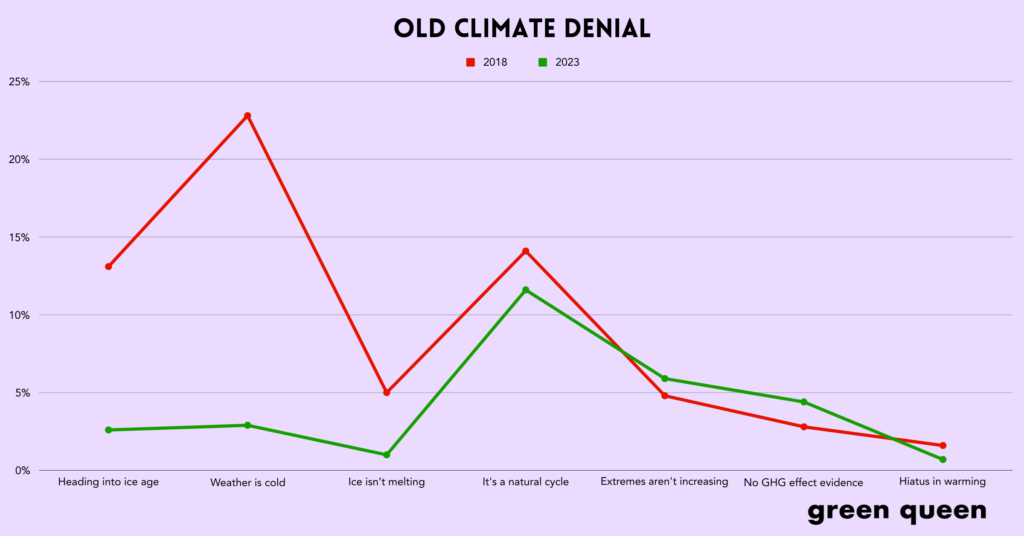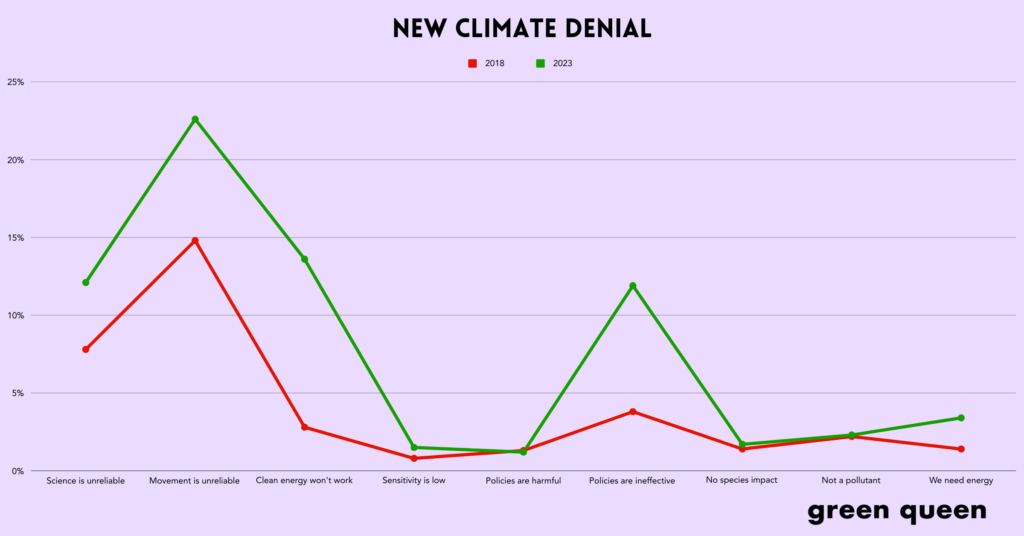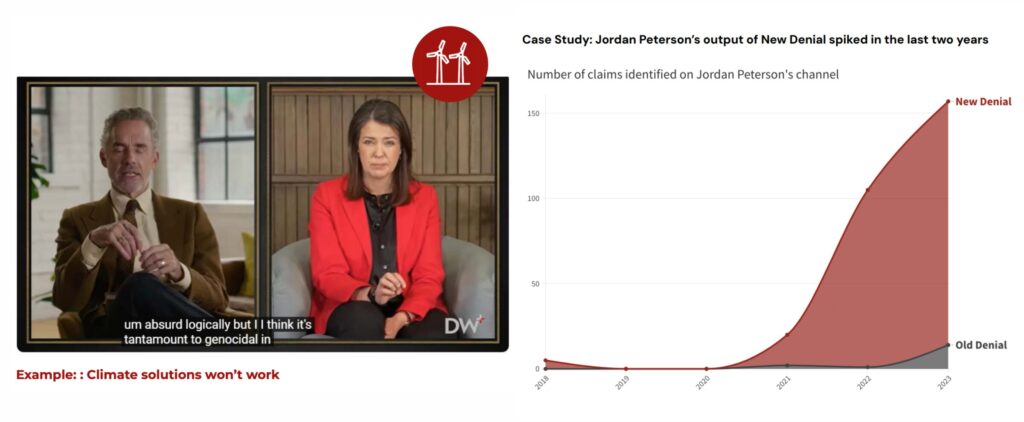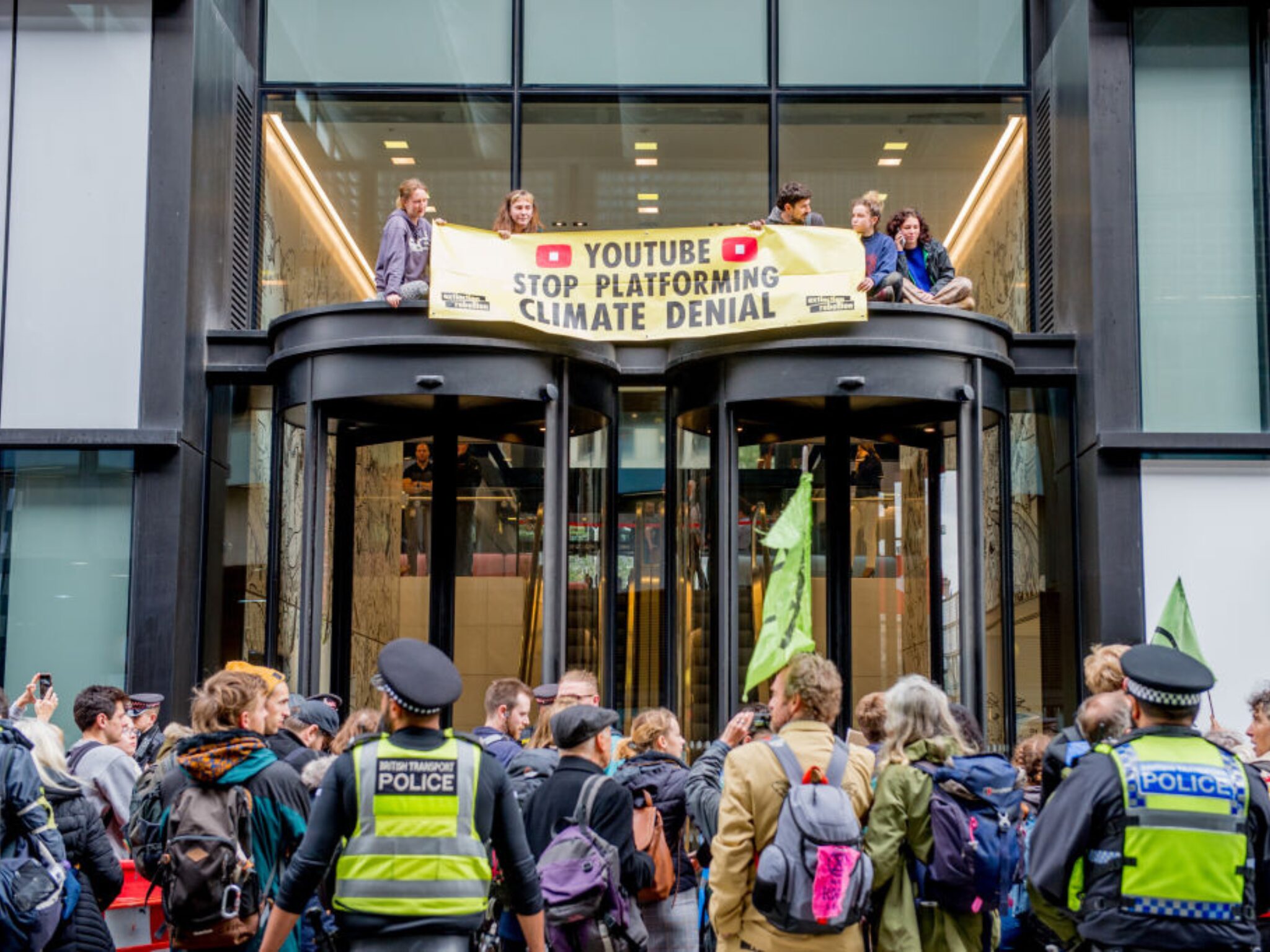New Denial: YouTube Rakes in Millions from Content Making UK Teenagers Feel Climate Change is Exaggerated
5 Mins Read
YouTube is making up to $13.4M in ad revenue from videos that promote a new kind of climate denial – focused on solutions rather than the existence of it – according to a new study.
It has a profound effect on its viewers, with nearly a third of British teenagers believing that climate change and its effects are exaggerated.
In 2018, most climate denial narratives purported the claim that global warming isn’t happening, or at least isn’t caused by humans. But six years on, this school of thinking has evolved into ideas that undermine science-backed solutions or the effect of climate change.
This shift has been driven by social media – YouTube in particular. The world’s second-largest social media platform (behind Facebook), it’s used daily by 71% of 13- to 17-year-olds. And climate denial videos on YouTube are massively influential on this demographic, according to a new report by hate crime watchdog Center for Countering Digital Hate (CCDH).
In a nationally representative survey complementing the report, it found that 31% of British teenagers aged 13-17 agreed that “climate change and its effects are being purposefully overexaggerated”. This rose to 37% for heavy social media users (being on any one platform for over four hours daily).
Out with the old, in with the new
CCDH analysed text transcripts from 12,058 climate-related videos from the past six years by 96 channels – totalling 4,458 hours or nearly 186 days – and found that the way climate deniers talk about the ecological crisis has shifted.
YouTube content has moved away from the “old denial” patterns of denying that climate change is happening or caused by humans, as temperatures and evidence of global heating have risen, these narratives are no longer as effective. Now, “new denial” content finds climate solutions unworkable, climate science unreliable and the impacts of the crisis harmless or even beneficial.
In 2018, these new narratives only comprised 35% of all climate denial content on YouTube, but it has doubled in the last six years, now making up 70% of the content. Likewise, the share of old denial videos has dropped from 65% to 30% in the same period.

Old denial content claimed ideas like the ice isn’t melting or snow coverage isn’t vanishing, we’re heading into a period of ice age or global cooling, the weather is too cold for global warming to be true, the climate hasn’t warmed or changed recently, sea level rises are exaggerated and not accelerating, and extreme weather is either not increasing, has happened before, or isn’t linked to climate change.
There were also narratives around anthropogenic causes of the ecological crisis (97% of scientists agree humans are the main cause of climate change), with some saying global warming is a natural cycle, or claiming there’s no evidence of the greenhouse effect.
But now, the new denial content revolves around beliefs such as the climate’s sensitivity is slow, negative feedback is reducing warming, flora and fauna are unaffected or benefitting from climate change, and carbon is harmless or even beneficial. Many videos have launched attacks on climate science, calling it unreliable or uncertain, with some saying that the whole climate movement is unreliable, alarmist or corrupt.

There’s a huge emphasis on discrediting climate policies, with YouTubers purporting that these are ineffective or flawed, mitigation or adaptation policies are harmful, clean energy tech and biofuels won’t work, and people need energy from fossil fuels.
“A new front has opened up in this battle,” said Imran Ahmed, chief executive of CCDH. “The people that we’ve been looking at, they’ve gone from saying climate change isn’t happening to now saying: ‘Hey, climate change is happening, but there is no hope. There are no solutions.’”
YouTube needs to demonetise climate change denial
Some of the accounts analysed by CCDH include the likes of Jordan Peterson (7.6 million subscribers), PragerU (3.21 million) and BlazeTV (1.92 million). The 96 channels also received 3.4 billion views between December 18, 2022 and 2023, and calculations show that YouTube might have made $13.42M from ad revenue during this period.
Ahmed called this amount “a drop in the bucket for Google, one of the biggest and most profitable corporations in history”, but adds that it “has an outsized impact on the future of our planet”. “Young people spend a huge amount of time on video-sharing platforms like YouTube,” he noted. “These new forms of climate denial, which have proliferated rapidly over the last six years, are designed to confuse and weaken public support for climate action in the coming decades.”
CCDH had previously reported on how Google and Facebook monetise climate denial content, after which Google “promised to diligently enforce its policies”. But, Ahmed said, what it defined as climate denial content then “does not reflect the realities now”. He called upon YouTube and Google to change their policies. The video-sharing platform’s policies bar monetisation from old denial, but do not cover new denial, and CCDH found that YouTube is still serving ads on both forms of denial.

“It is hypocritical for social media companies to claim to be green but then monetise and amplify lies about the climate,” said Ahmed. “It is time for digital platforms to put their money where their mouth is. They should refuse to amplify or monetise cynical climate denial content that undermines faith in our collective capacity to solve humanity’s most pressing challenge.”
In response, a spokesperson for YouTube said: “Our climate change policy prohibits ads from running on content that contradicts well-established scientific consensus around the existence and causes of climate change. Debate or discussions of climate change topics, including around public policy or research, is allowed.
“However, when content crosses the line to climate change denial, we stop showing ads on those videos. We also display information panels under relevant videos to provide additional information on climate change and context from third parties.”
The study echoes results from a misinformation analysis of 285 million posts (mostly on Twitter/X) published in November, which found that 7% attacked climate science, denying climate change or the impact of alternative proteins. It came weeks after a 139,136-person, 10-country survey by the Yale Program on Climate Change Communications in partnership with Meta revealed how people’s attitudes about the climate crisis differ across borders.




